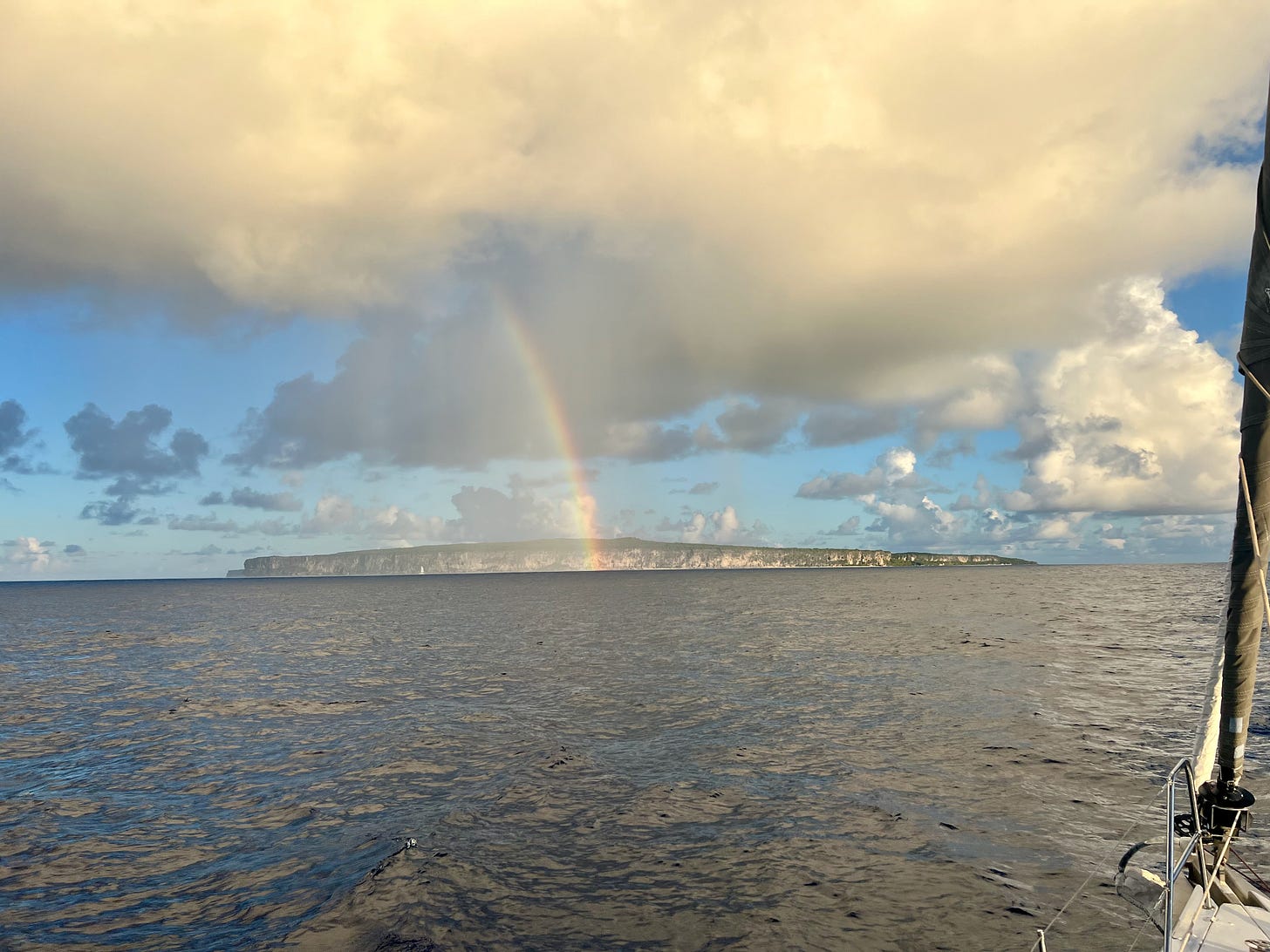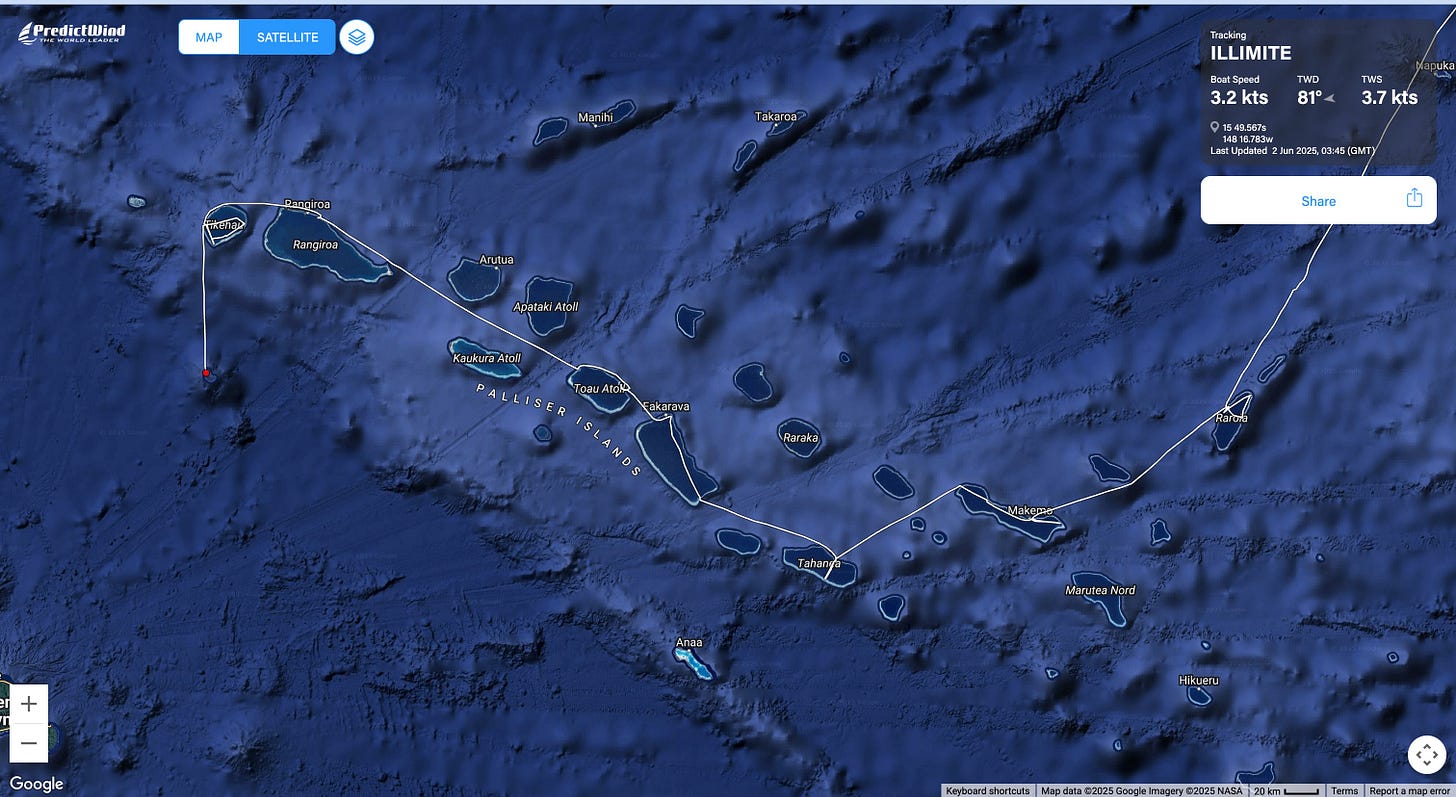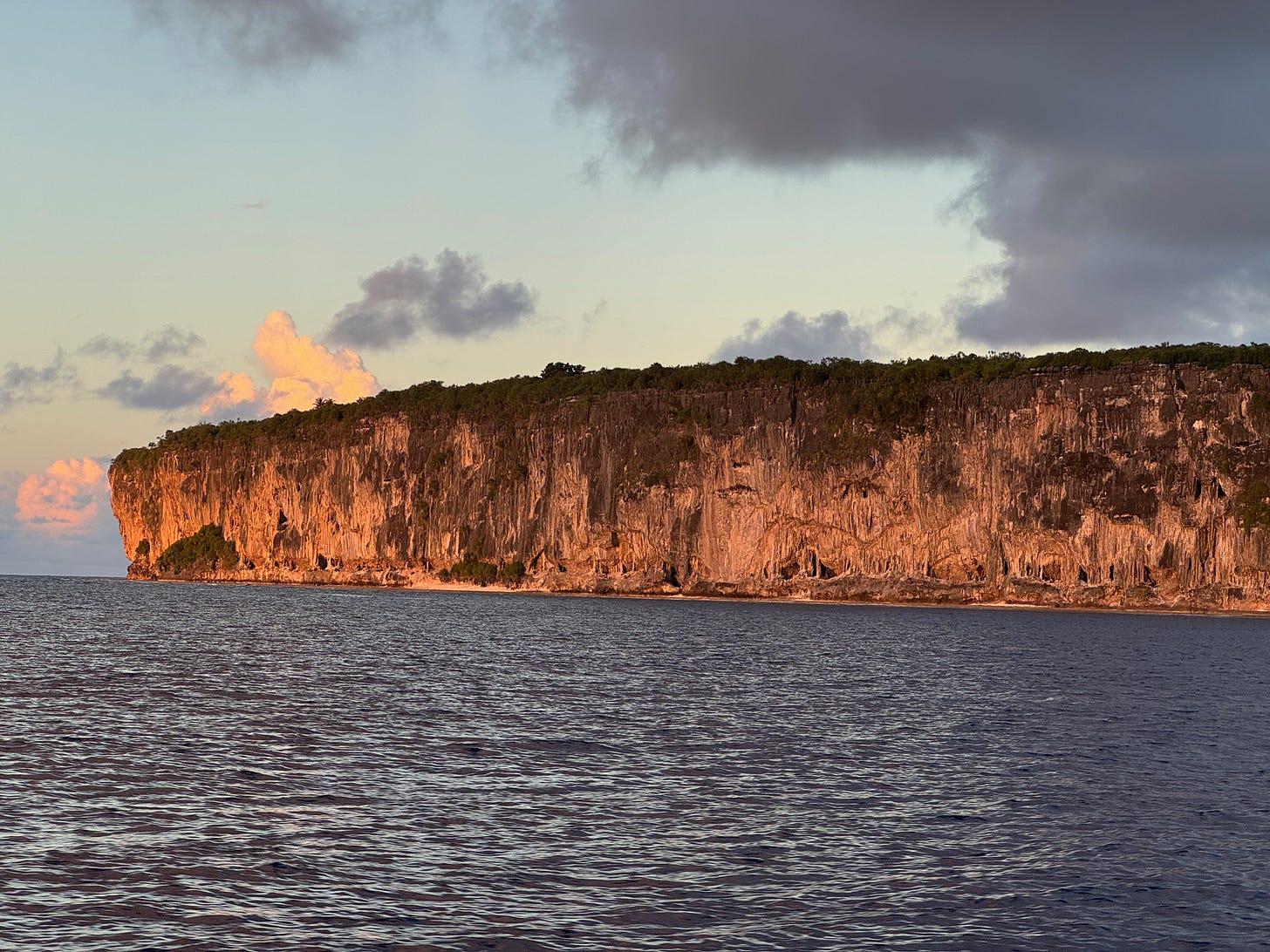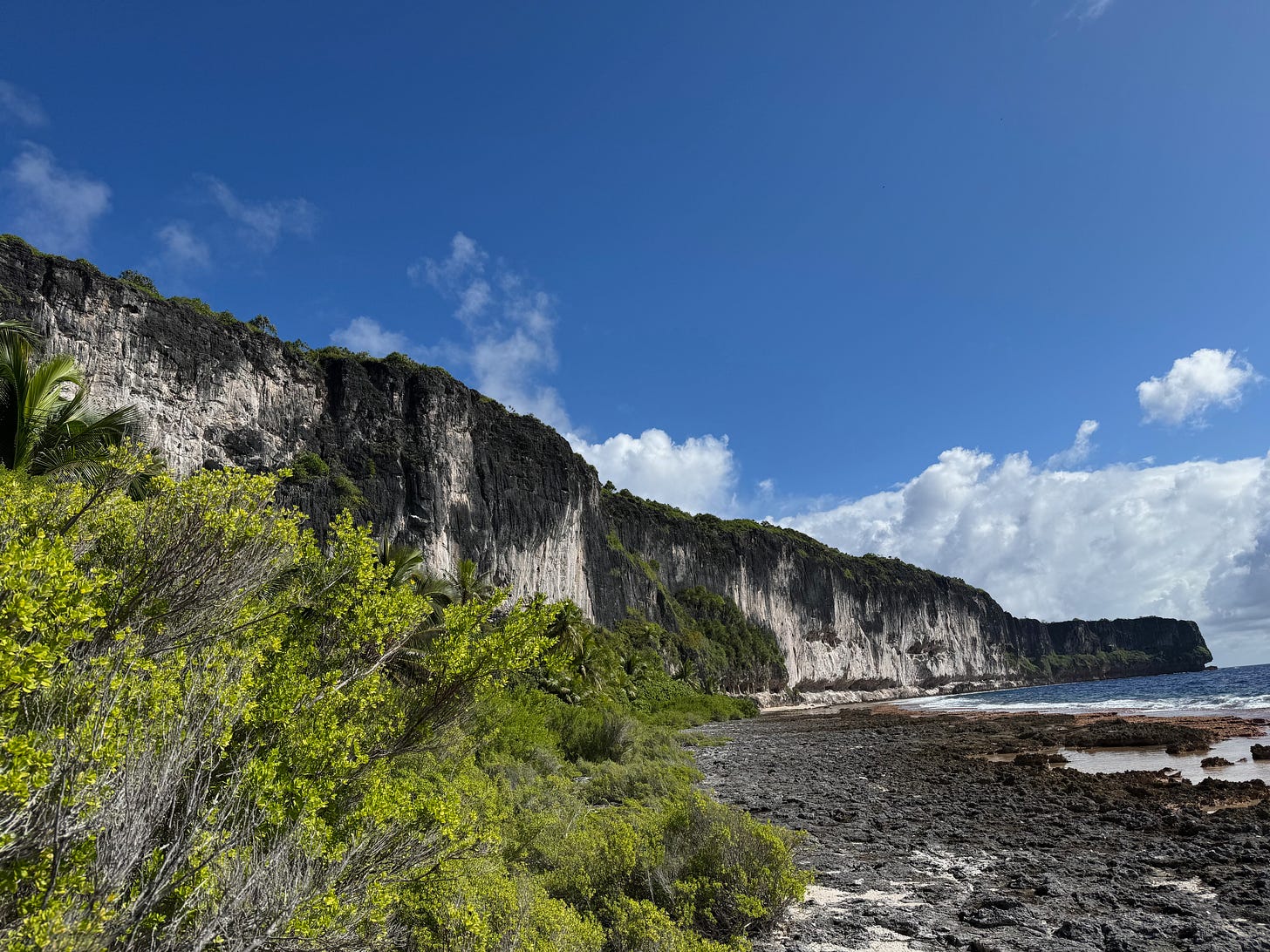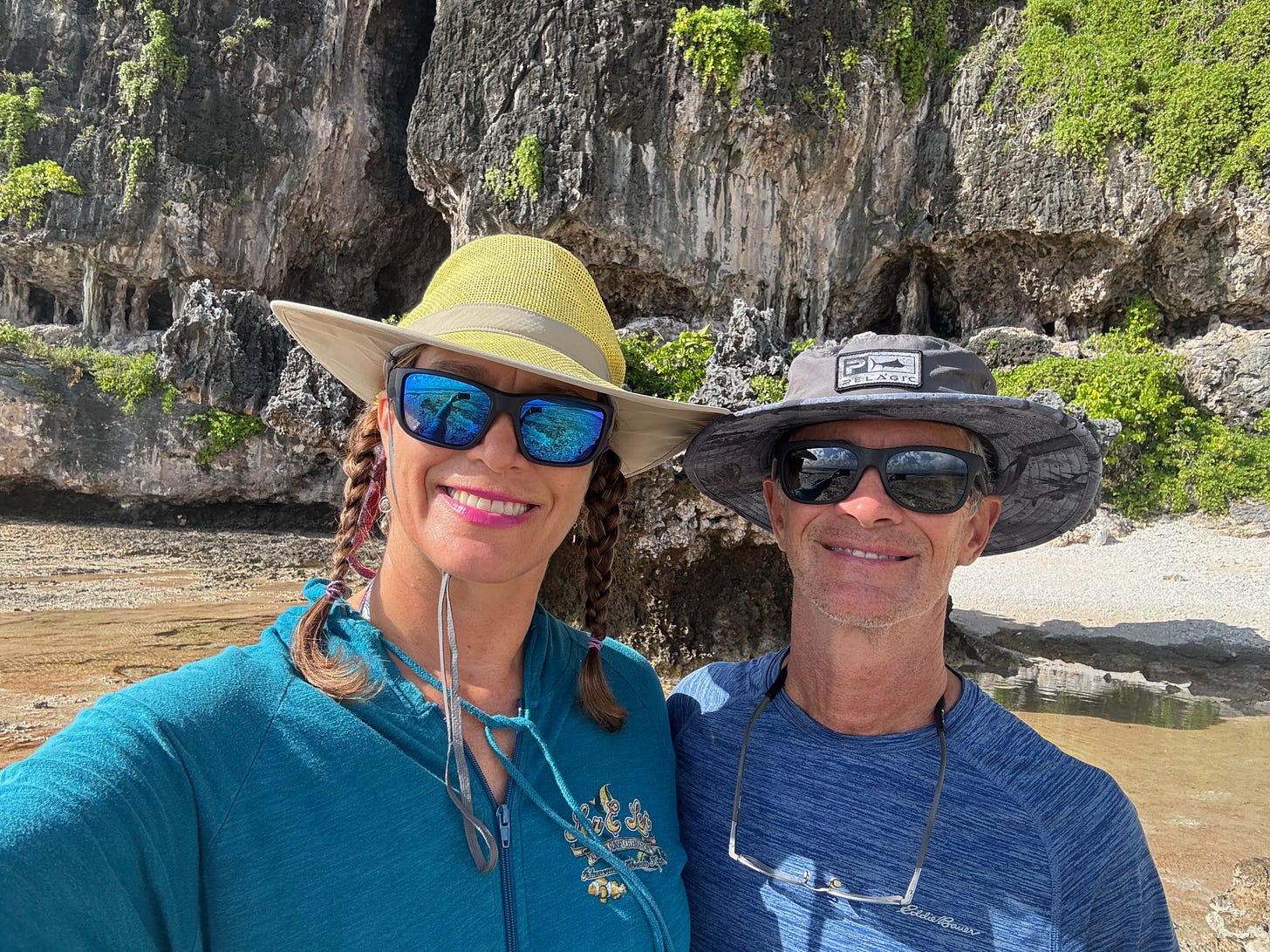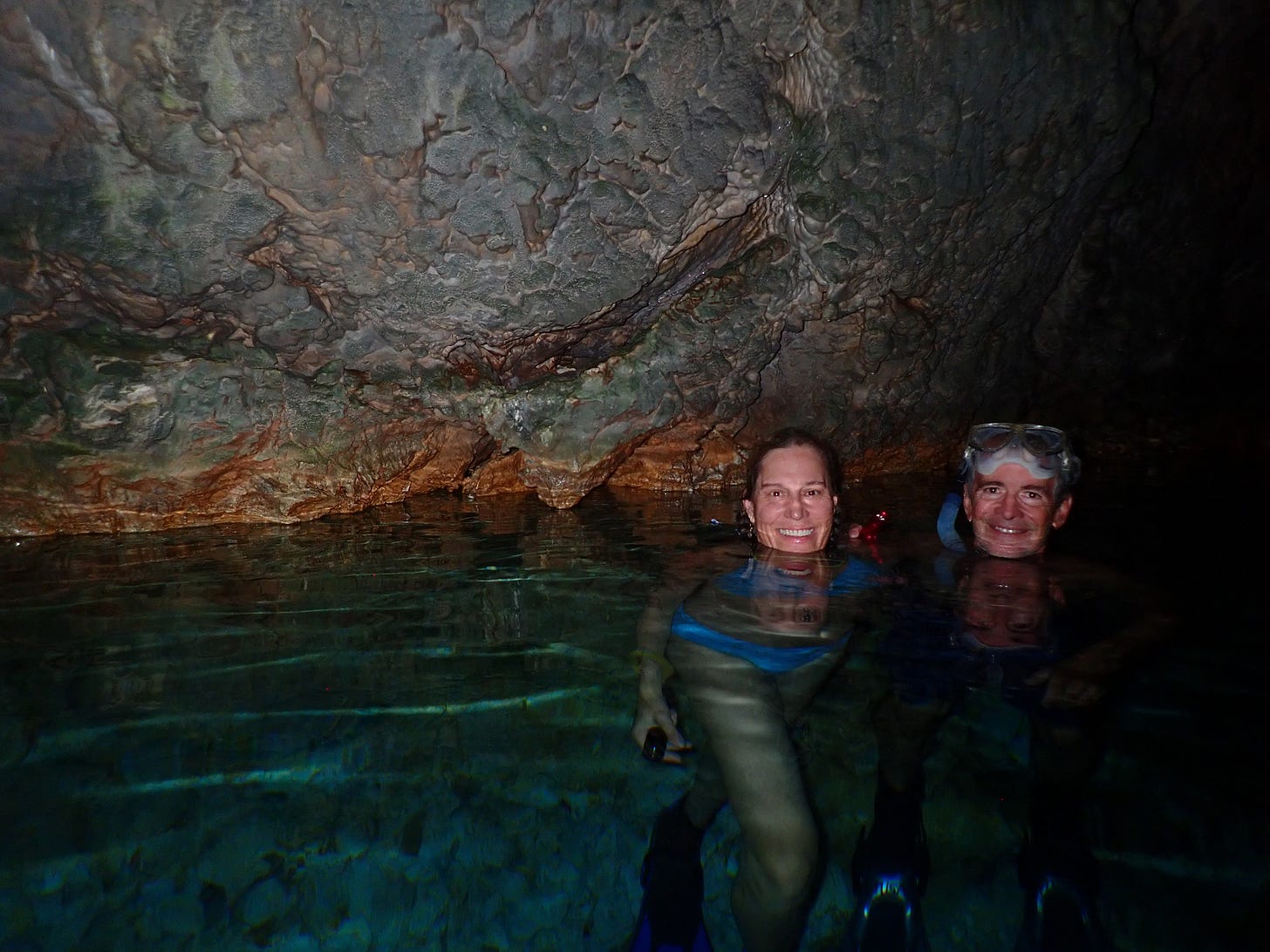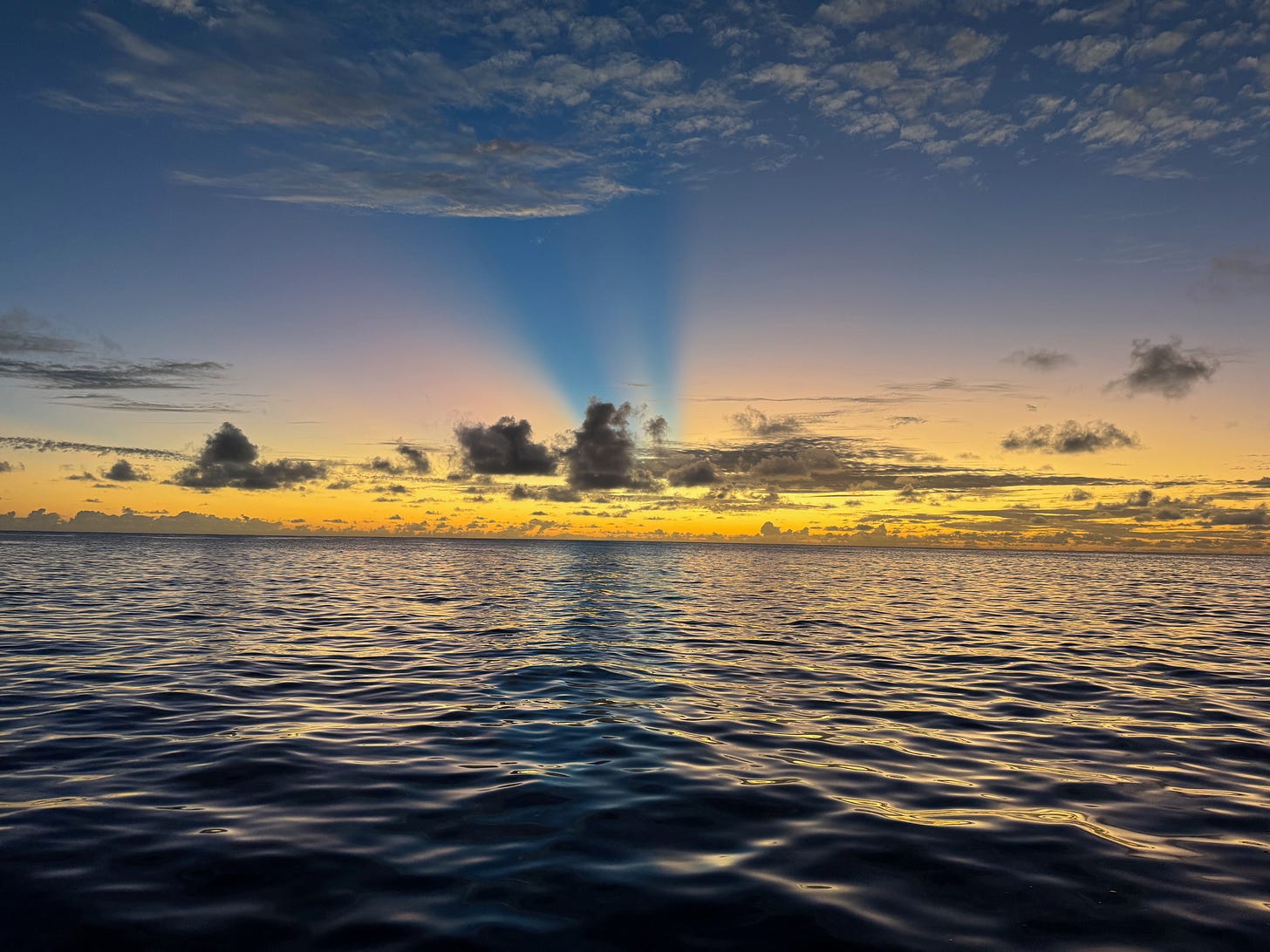The name Makatea means white coral, and it is a geological wonder. When you see Makatea’s huge coastal cliffs jutting out of the ocean without mountainous peaks or hills it just looks bizarre.
Makatea was first an atoll like the ones we have been visiting in the Tuamotus. Makatea’s seafloor bed was impacted by the volcanic creation of the islands of Tahiti and Moorea. These tectonic forces pushed up the lagoon seafloor bed which created a bulge that lifted it out of the sea. This lifting activity happened several times during a 60-million-year period. The island is now considered a ‘raised atoll’. The cliffs are up to 80 meters /260 foot tall. The island is made of carbonated rock (dead coral and other marine organisms), including coral limestone. There has been a lot of erosion of the limestone making dramatic karst features that include caves and sinkholes.
The French discovered that there was a lot of phosphate on the island. In 1906 the phosphate mining boom began on this small island, which at the time had 300 Polynesians living there. At its peak the mining activities brought in a population of 3,000 persons.
This island in French Polynesia was the first to receive the latest technology which included telephones and electricity to support the mining activity. The mining involved manual labor, individuals would dig out the phosphate and transport it from bucket to barrel using lines, ladders and planks to navigate back to the road.
The mining activity lasted for 60 years removing 11 million tons of phosphate. The phosphate was mostly shipped to Japan, Australia and New Zealand to be used as fertilizer. The mining came to an abrupt halt due to the governments shift in priorities. They needed to build an atomic bomb test site on the island of Moruroa. Without any consideration for the land or people the operations ceased abruptly. After the mining operations closed everyone left, around 10 families stayed on the island. Today, there are around 125 persons living on the island, descendants of the families that stayed.
Today, there are a couple of families on the island that have pensions, campgrounds, and provide tours and climbing guides. They are trying to capitalize on ecotourism since there is no industry other than Copra (coconut) processing.
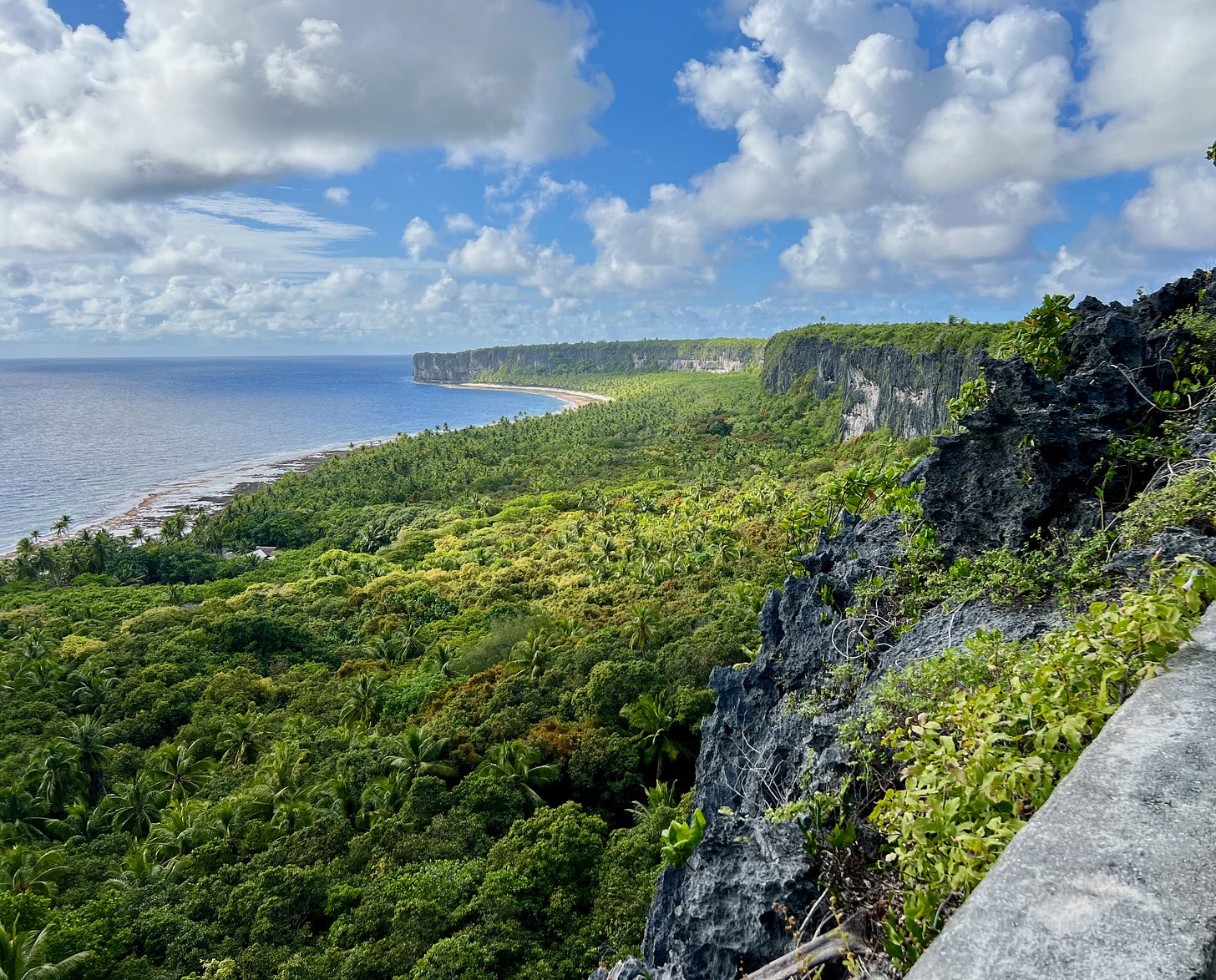
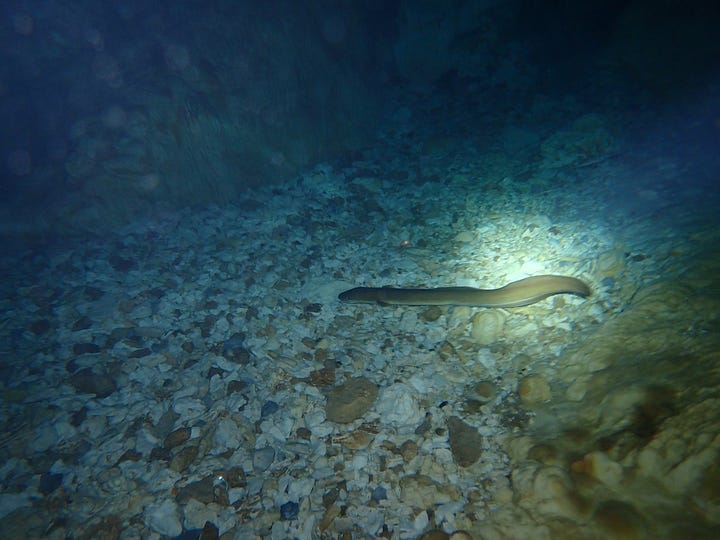
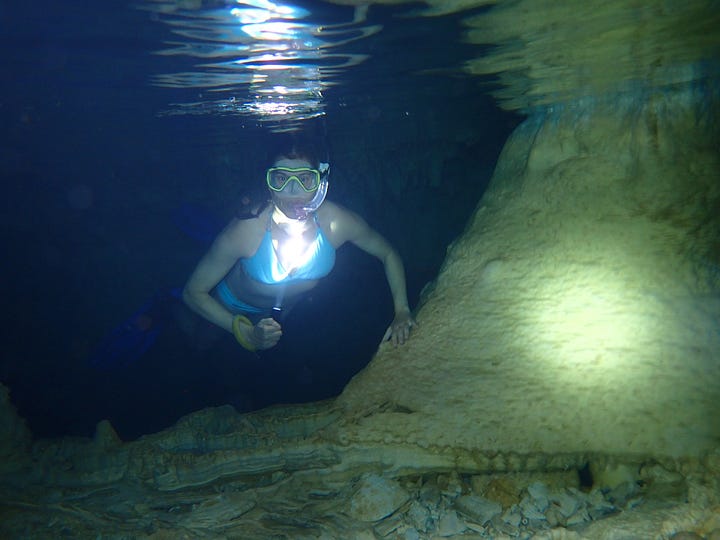
Cave dive video below
Julian Mai, our tour guide, pension owner, and mayor of the island. While he was waiting for us to return from our cave swim he was hanging out playing his ukulele.
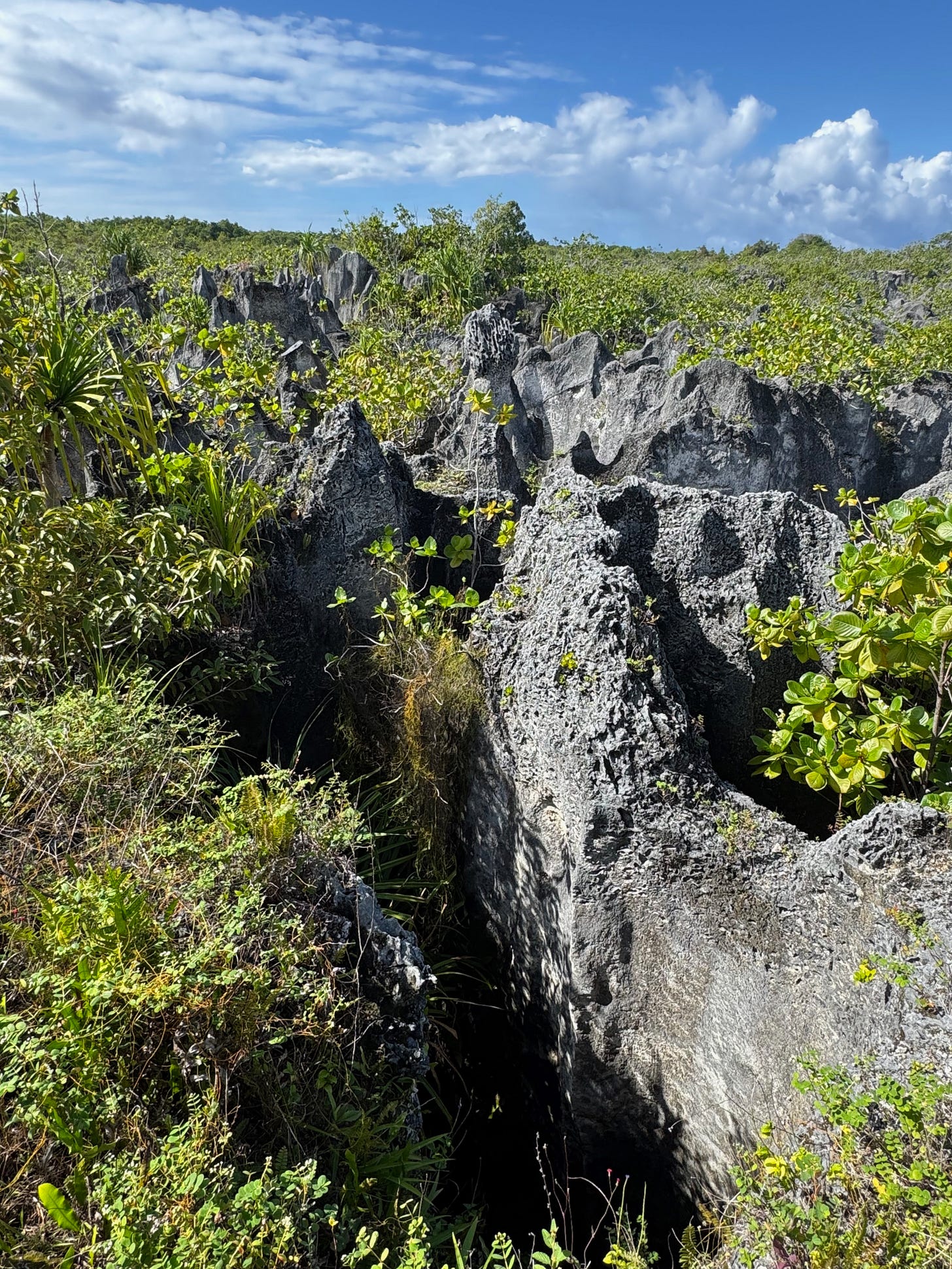
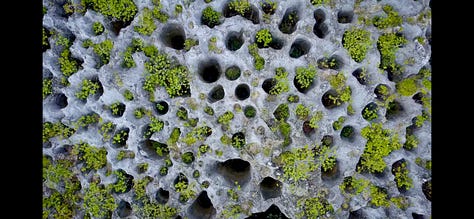
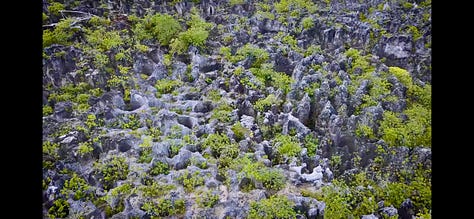

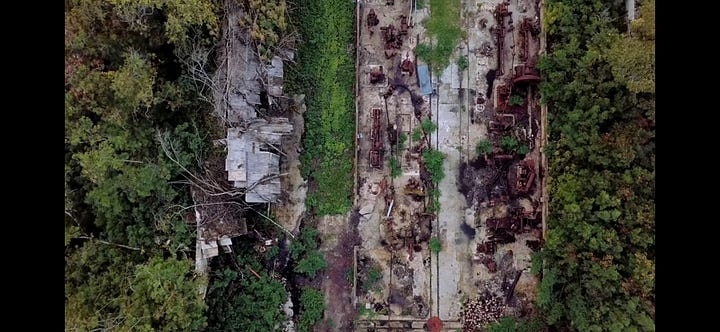

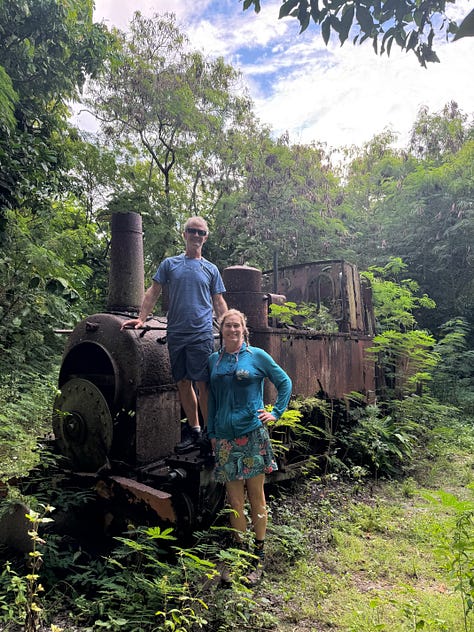
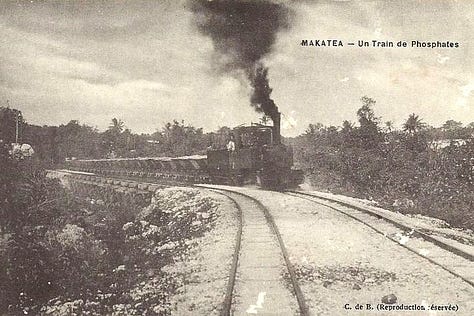
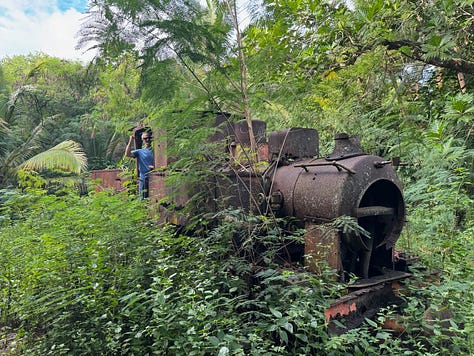
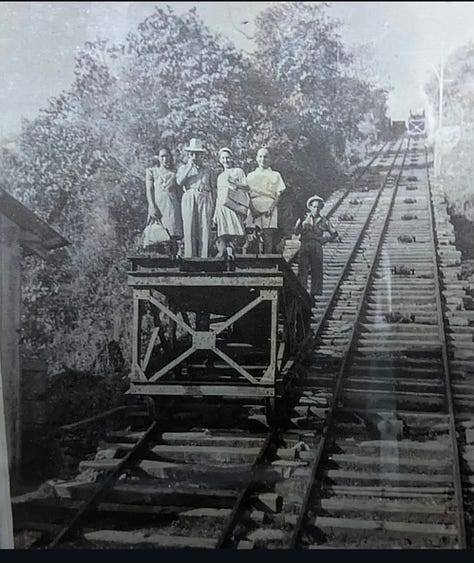
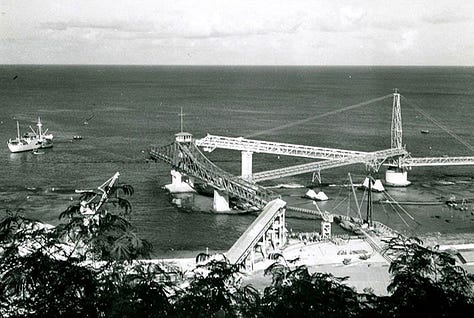
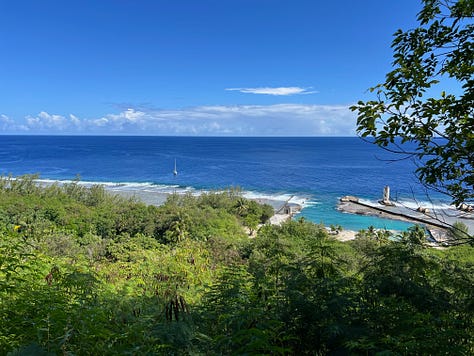
To see where in the 🌍 world we are right now click here for map



